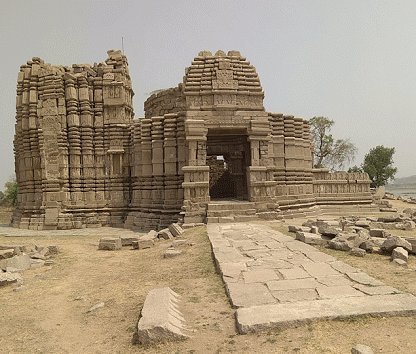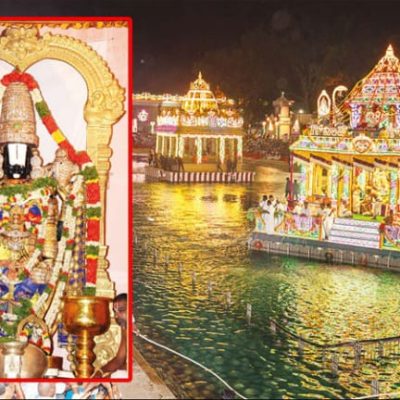Mahoba Sun Temple, Uttar Pradesh

Address
Mahoba Sun Temple, Mirtala, Mahoba (Bundelkhand) Uttar Pradesh 210427
Diety
Surya
Introduction
The Rahila Sagar Sun Temple (Locally known as Rahiliya temple Also called as Mahoba Sun Temple) has located 3 km from Mahoba in a southwest direction near Mirtala and Rahiliya village. In this temple, Chandela kings used to worship the sun. In those days the sun was considered as a source of energy, health, and positivity in life and Kings use to worship the sun so they will stay in power for long time. Rahila Sagar Sun Temple in Mahoba (Bundelkhand) which was built more than 1000 years ago by Chandela’s, is an example of a prestigious Indian cultural heritage that is going in vain due to ignorance from the government.
Puranic Significance
Rahiliya Sagar Sun Temple was built by 5th Chandela Ruler Rahila dev Varman during his ruling period (890 A.D. – 915 A.D.), which is situated in Rahiliya village ( 3 km from Mahoba in south-west direction) which was named after the king Rahila dev. He built a water tank named Rahiliya Sagar and one temple on its bank as well. The Chandela’s, who also regarded to be Chandravanshi, ruled over much of the Bundelkhand region of central India from the 9th to 13th century. They had their capital city in Khajuraho, which they later shifted to Mahotsava Nagar ( Mahoba). They became popular for their artistically sculptured temples, made during their rule in Central India. Examples of that can be seen in temples of Khajurao, Kalinjar, and Mahoba. The Temple is made using fine Granite Stones in the great example of the Pratihara style of Architecture, which is widely seen in Khajuraho. Temple is built with keeping Vastu shastra in mind, it is open from the east, north, and south and is closed from the west side. This beautiful temple built in granite is dedicated to Lord Surya (Chandelas belonged to Chandravamsha). According to the research of the Archaeological Survey of India (ASI), this temple was erected on an adisthana (decorated raised platform) with typical ornamental moldings and built in the panchayatana layout. The garbha griha is adorned with a 1.36 m high sandstone Surya and a smaller idol of Lord Vishnu. The shikhara over the sanctum is tall and curvilinear in shape and design. The intricately carved sculptures, detailing on the base of the walls and pillars and motifs suggests that this temple was completed in the early 10th century. The idols of Lord Brahma, Lord Vishnu, Lord Ganesh and Lord Mahesh are stunning and exhibit extraordinary skill and artistry. There is an ancient temple dedicated to Kali Mata also in the complex. There is a huge tank called Suraj Kund built about 150 m from the temple which is square in shape (about 15 m x 15 m) and 15 m deepThis exquisite temple was mercilessly pillaged by Qutb al-Din Aibak in the 12th century. It is a protected monument of the Archaeological Survey of India (ASI) but is unfortunately neglected and in a dilapidated condition with common thieves stealing the stones and relief work from the temple. This temple that is considered by experts to be the inspiration behind the design of the Konark temple is craving for its rightful position as a World Heritage Site.
Century/Period/Age
890 A.D. – 915 A.D.
Managed By
Archaeological Survey of India (ASI)
Nearest Bus Station
Mahoba
Nearest Railway Station
Mahoba and Jhansi Station
Nearest Airport
Khajuraho





